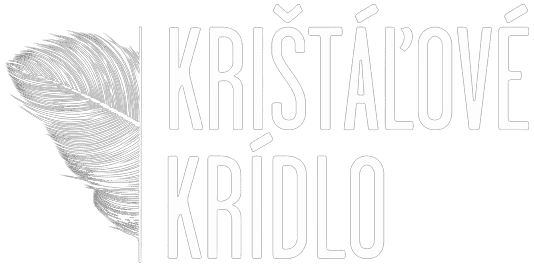It’s almost unfathomable to business owners that governments could be drivers of innovation. And yet, open banking is proof that it’s possible: since open banking APIs launched in October 2018, they have supercharged the innovation of financial services across Europe.
Open banking APIs mean that banking data is no longer hidden inside proprietary systems. Now, with a customer’s consent, authorized third-party vendors can access and make use of that banking data to develop service offerings.
In this article, we will explore how open banking came to be, explore the variety of places its impact can already be seen, and look at further improvement opportunities. But all that starts with a short history lesson — like any overnight success, the open banking revolution was a long time in the making.
A short history of open banking
While its true origins date back to German banking experiments in the 80s, the concept of open banking gained real momentum with the arrival of the internet.
The 21st century’s first years saw the introduction of online payments and increasing possibilities for once siloed systems to communicate online via “application programming interfaces”, or APIs. At least in principle, the idea of openly sharing banking data became feasible and realistic.
In order to facilitate an environment of open competition, the European Commission published the first Payment Services Directive — PSD1 — in 2007. Then, in 2015, the European Commission superseded it with a second directive called PSD2.
PSD2 is effectively responsible for open banking’s current form: it made it mandatory for banks to provide programmatic access to the core building blocks of retail and small business banking operations. Upon a customer’s request, banks must share account data, transaction data, and allow the ability to initiate payments. Banking data has been set free.
Through PSD2, the European Commission was not only encouraging but mandating banks to unlock customer data from their proprietary systems and make it accessible to authorized third-party service providers.
The rest is history. Open banking had kicked off by the end of 2018 and stimulated an even faster rate of financial services innovation, along with ever-growing FinTech investments. Newborn third-party services could now reliably build their business models around open access to once proprietary banking data. Also between incumbent banks, new possibilities for collaboration and innovation opened up.
The FinTech revolution, that had already driven more banking innovation than had been seen in decades, was accelerated even further.
Many modern fintech successes would not be possible without open banking standards
Open banking APIs enable a wealth of new financial services that weren’t possible or practical beforehand. Let’s explore a few examples to get a sense of what is now possible and has already been built:
1. Bud provides customers with financial insights
By analysing a customer’s income and spending, Bud can offer them helpful insights, while informing service providers of ideal times to present timely offers.
2. Plum makes saving effortless
Plum automatically sets aside savings on a customer’s behalf. How? By analyzing their spending habits with open banking data, then using an algorithm to calculate the best amounts to save.
3. Yolt allows you to view all your accounts, aggregated in one place
Yolt was one of the earliest open banking case studies. Dutch bank ING used it to position itself as one of the leaders on the bleeding edge of open banking innovation by allowing users to pull information from multiple financial accounts all into one aggregated overview, making financial management a breeze.
4. Wagestream gives employees insights and advice on their salaries
Rather than waiting until the end of the pay-period to understand their financial standing, employees can now link their accounts to Wagestream. It empowers them to track, save, and manage their wages, along with providing advice.
5. Fintern makes loans more affordable
Traditionally, credit scores have been the sole means for understanding a candidate’s creditworthiness for a loan. Fintern uses open banking to build a far more comprehensive view of their financial health and lifestyle, which it then uses to tailor loan pricing to the individual.

—
With open banking only rolling out in 2018, we are truly in the early days of a paradigm shift. Both ambitious new fintech startups and incumbent banks alike are still exploring how to best make use of their newfound abilities.
To date, open banking has successfully opened up data and transferred its ownership to customers. But will it deliver on its ultimate mission to stimulate competition in the financial services industry? That’s yet to be seen. The current PSD2 directive has been focused on relatively basic data sets of account and transaction data for customer and business accounts, but potentially much more data could be opened up. While European banks follow the PSD2 directive, other regions have seen their own versions of open banking. Almost certainly, PSD2 is not the end of the European open banking story quite yet.
Curious to learn more about open banking? Our podcast episode with Simon Lyons, Head of Ecosystem Engagement at the Open Banking Implementation Entity (OBIE), is waiting for you:








